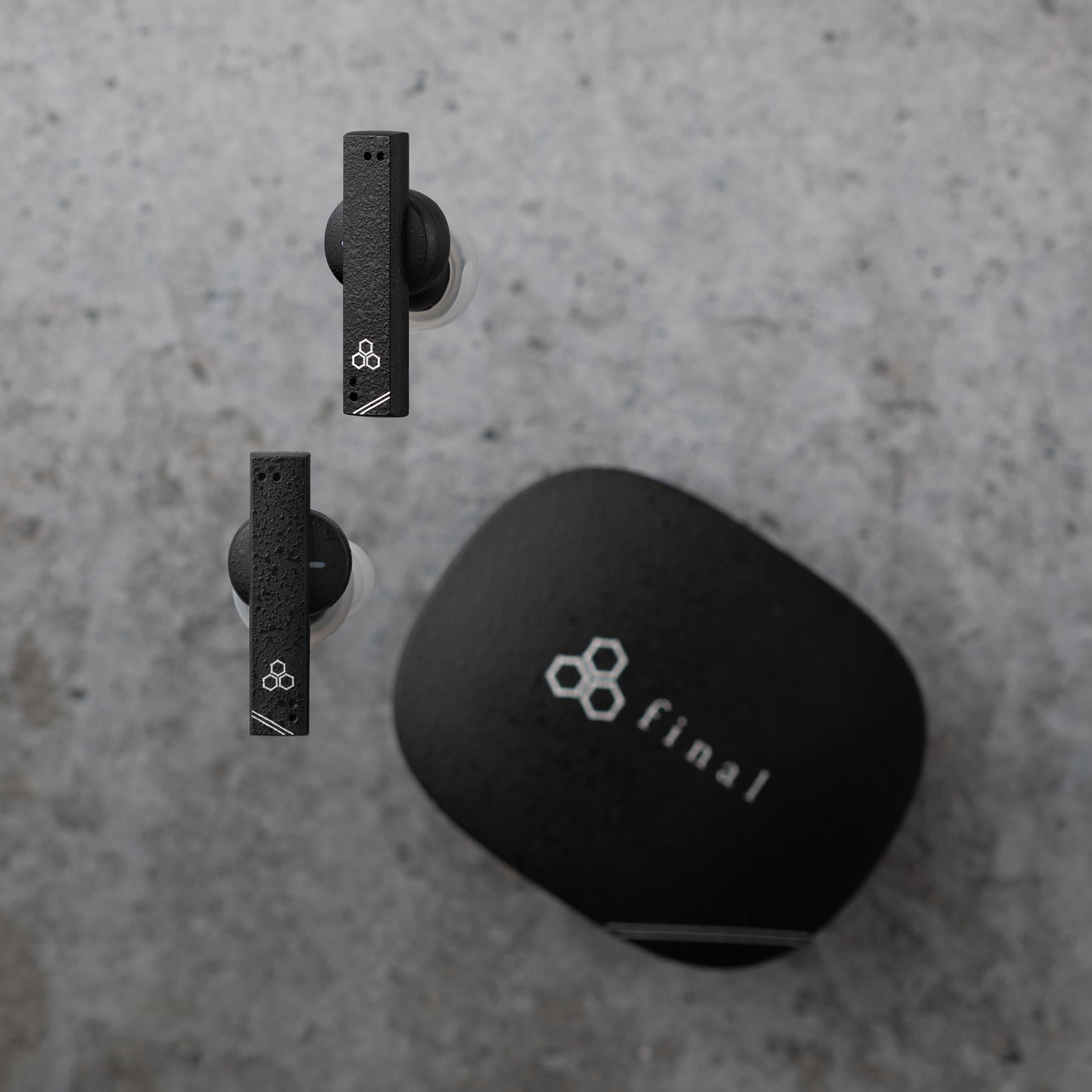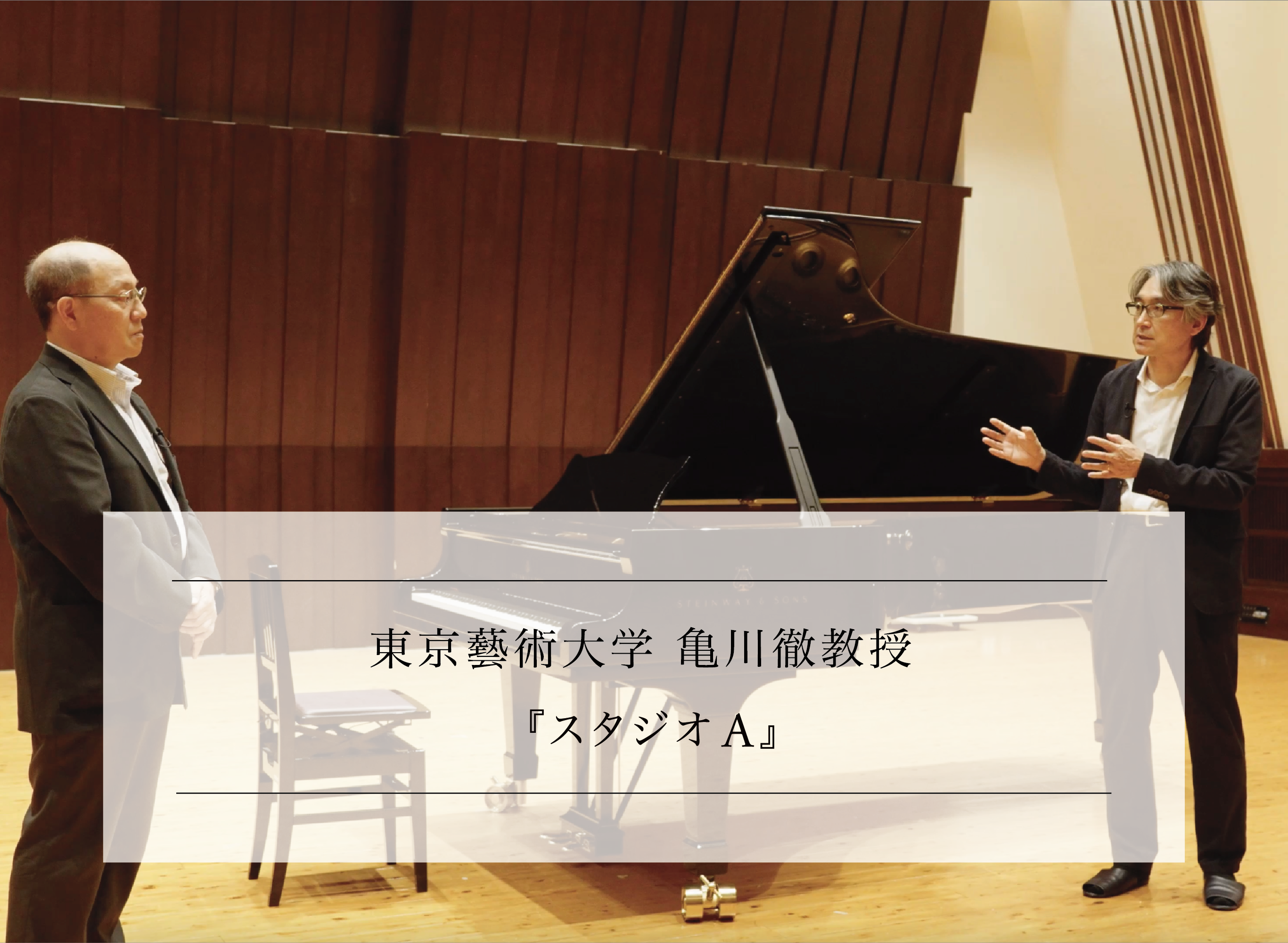In the introduction of acoustic books and literature, we will introduce books that our R & D representators are always referring to and papers that are attracting attention.
The links to the books and literature introduced are also posted, so please use it if you are interested.
The links to the books and literature introduced are also posted, so please use it if you are interested.
Don Davis, Eugene Patronis, Pat Brown
"Sound System Engineering, Fourth Edition"
Publishing: Routledge
2013.4.12
ISBN 9780240818467
https://www.routledge.com/Sound-System-Engineering/Davis-Patronis-Brown/p/book/9780240818467#
Keywords: Sound system, impedance, interface, speakers, microfons, indoor sound
"Sound System Engineering, Fourth Edition"
Publishing: Routledge
2013.4.12
ISBN 9780240818467
https://www.routledge.com/Sound-System-Engineering/Davis-Patronis-Brown/p/book/9780240818467#
Keywords: Sound system, impedance, interface, speakers, microfons, indoor sound
I think that it can be said that research and development and practical use are being conducted in three fields of acoustic and audio technologies, in three fields: research fields, professionalodio fields, and consumer audio fields. There is an academic society in the research field. The Japanese Society and AES (Audio Engineering Society) are representative examples of the sound and audio technical field. The conference publishes academic journals that introduce the latest research results, and holds research groups and conventions where many researchers can participate. In addition, many specialized books have been published. For example, the Japanese Society of Society edits various books by planning the Publishing Committee ().https://acoustics.jp/publication/books/) Therefore, in the research field, you can learn a lot of knowledge from such academic activities and specialized books. Of course, you can learn a lot of knowledge from professional education at universities.
However, in the professional and consumer audio fields, there are not many ways to easily gain a lot of knowledge. Of course, there are a lot of things you can learn from academic societies and specialized books introduced in the research field, but that doesn't work. Unlike the research field, the "site", where practice is required, needs to respond flexibly to various tasks every day, and it is necessary to quickly understand and master the essential technologies. My career began in a recording production, a professional -dio field, a typical "business". I was running around the studio and outdoors from early morning to midnight to produce various content every day. Of course, we use various sounds and audio equipment. At first, we concentrate on being able to use those devices without any problems, but if they can be used enough, we will start to worry about inconveniences and problems with each device. Then I needed a deeper knowledge and started looking for it. Unfortunately, at that time, the Internet was in a time when there was no shadow or shape, so only books can rely on them. Investigations showed that there were too few Japanese books and materials on the field of professional audio. So, I looked at overseas books, but one of the books I met at that time is "Sound System Engineering".
The book was written by Don Davis and his wife Carolyn Davis. The first edition was issued in 1973. Further investigating, I learned that they launched a company called "SynaUdcon" in the United States at the same time and conducted educational activities in the Pro -Dio field. This book was a textbook for its educational activities. "Synaudcon" is still inherited by the next generation and seems to be developing globally with the weapon of online education. Certainly, I have met many engineers who have received this education not only in the United States but also in South America and Europe. In other words, the "Sound System Engineering" published by Don Davis and Caroryn Davis has become a bible -like presence of those who work in the Pro -Dio field.
When I got this book for the first time, I was particularly surprised that many data and charts that could be used immediately on site were introduced. For example, just below the frequency axis (horizontal axis) of the Equal-Loudness contours (loudness curve) graph (horizontal axis), a diagram of each frequency was attached to the piano keyboard. In other words, the concept of hearing psychology called loudness curves can be applied immediately to the music recording site. The number of oriented microfones has multiple directivity, such as all directional, both directional, and cardioid (single orientation), is also explained in books on acoustic engineering. However, in this book, in a table showing each direction, for each direction, the angle from the orientation axis dropping the gain 3db to the gain on the microphone -oriented axis, the angle drops 6db, the 90 degrees and 180 from the orientation axis. The reduced value from the oriented axis gain to the degree of direction is described, and it can be used immediately for selecting microphones in recording. I think the feature of this book is to provide audio and sound theory as something that can be used immediately on site.
In addition, the appendix has a chapter called "RECOMMENDED Wiring Practices", showing wiring and soldering points with abundant figures and photos. At the time I first got this book, audio engineers also played the maintenance of audio equipment, so it is everyday to replace the electronic substrate capacitors and replace them with defective electronic parts. I remember that I often referred to this chapter because it was a tea ceremony.
By the way, this book has already been published in the 4th edition in 2013, but the one at hand is the second edition published in 1997, so here we introduce this second edition. I want to do it. The second edition first starts with the story of mathematics and DB, which is the basis for handling audio systems, and the important impedance matching in connecting audio equipment. In addition, the interface between audio equipment and audio equipment is explained. After this, there is a story about the direction of the speaker, and it will be a story about indoor sound. It is also important to understand the characteristics of the space that produces sound with acoustic equipment, and it is explained from large spaces such as halls to small spaces such as the music studio control room.
Going further, it will be a story about actually assembling, adjusting, and operating the system. How to secure the clarity of the voice, the design of the acoustic gain, the understanding of the microphone, the basics of the speaker ray, the design of the acoustic system using the delay, etc. are described. It is done. The tuning of the installed acoustic system, that is, the means of equicring, explains the sound environment of the space where the system is installed and the optimal sounds to obtain the optimal sound according to the purpose of use of the system.
The fourth edition published in 2013 adds the latest essential knowledge, such as a computer design and digital audio, and also emphasizes the sound system viewpoint that considers from psychological sounds. Understanding the sound system that leads to a variety of audio devices, which is a diverse audio device, to a speaker of sound exit, is very useful in the consumer audio field, explained by the "Sound System Engineering". I think. And I think that the practical data introduced by this book can be widely used.
Powken





